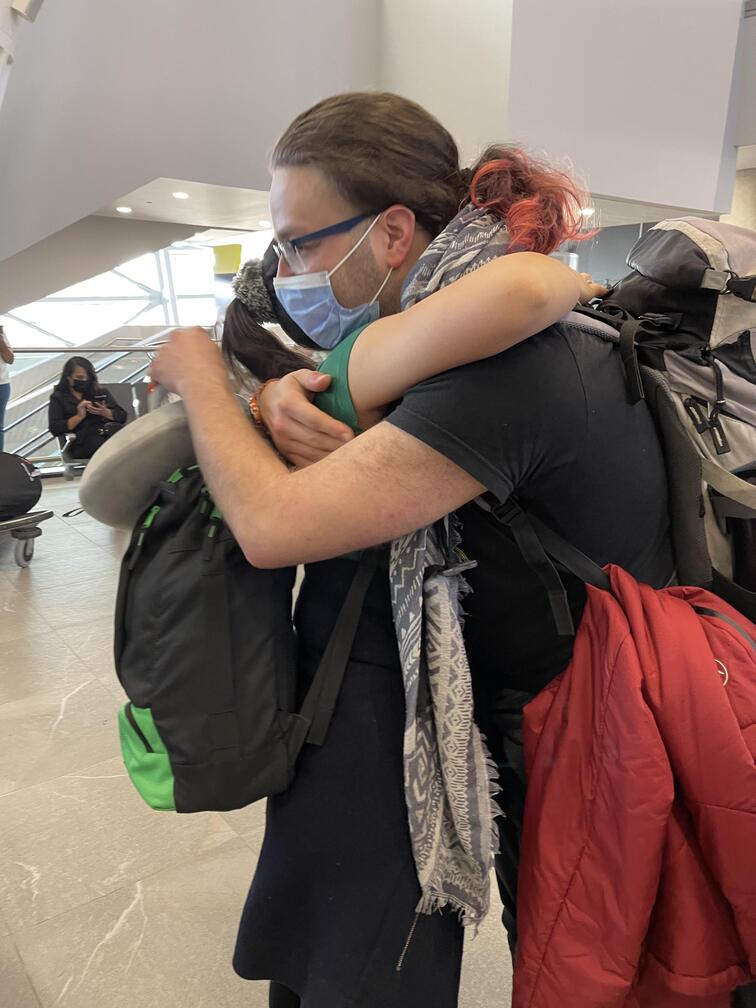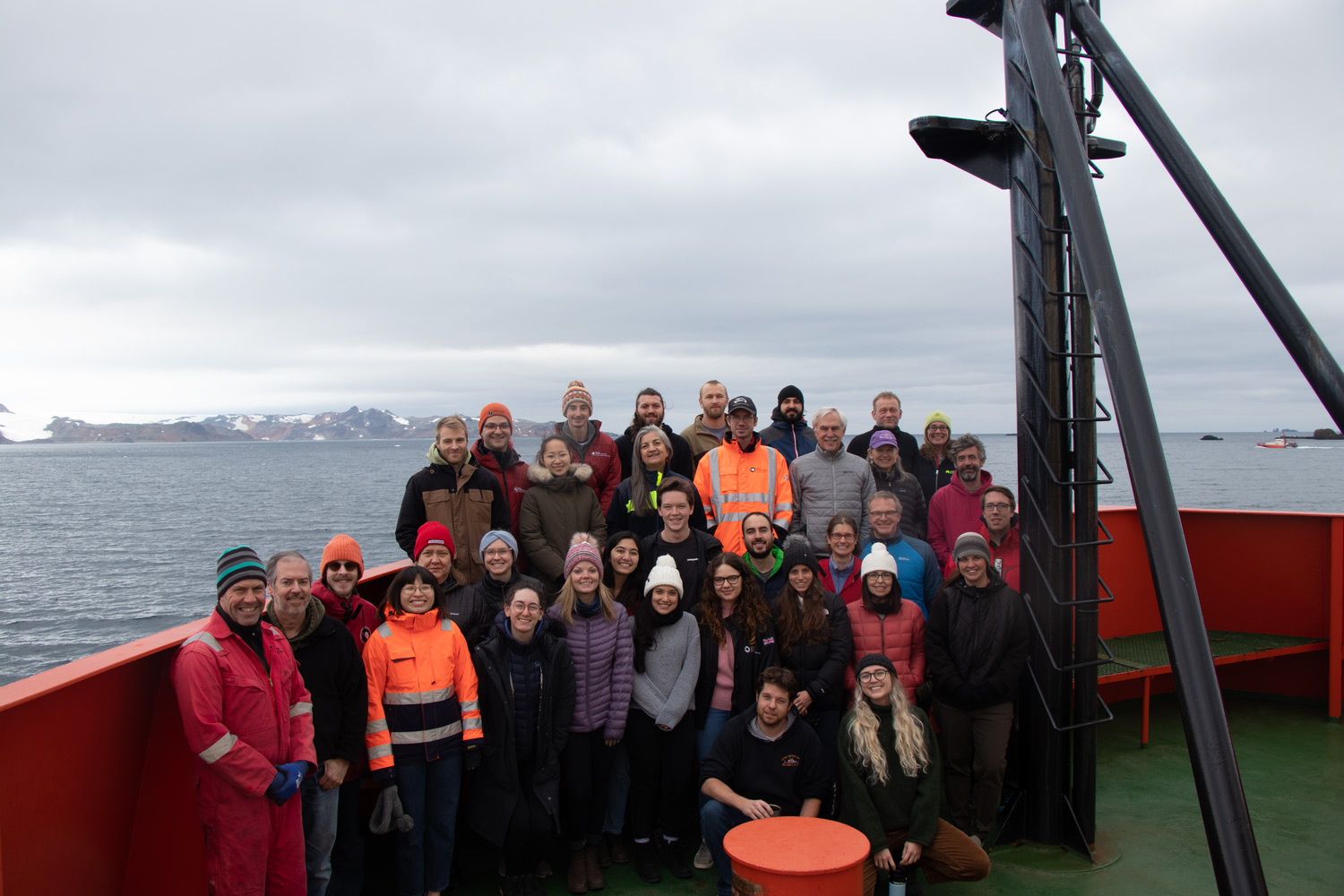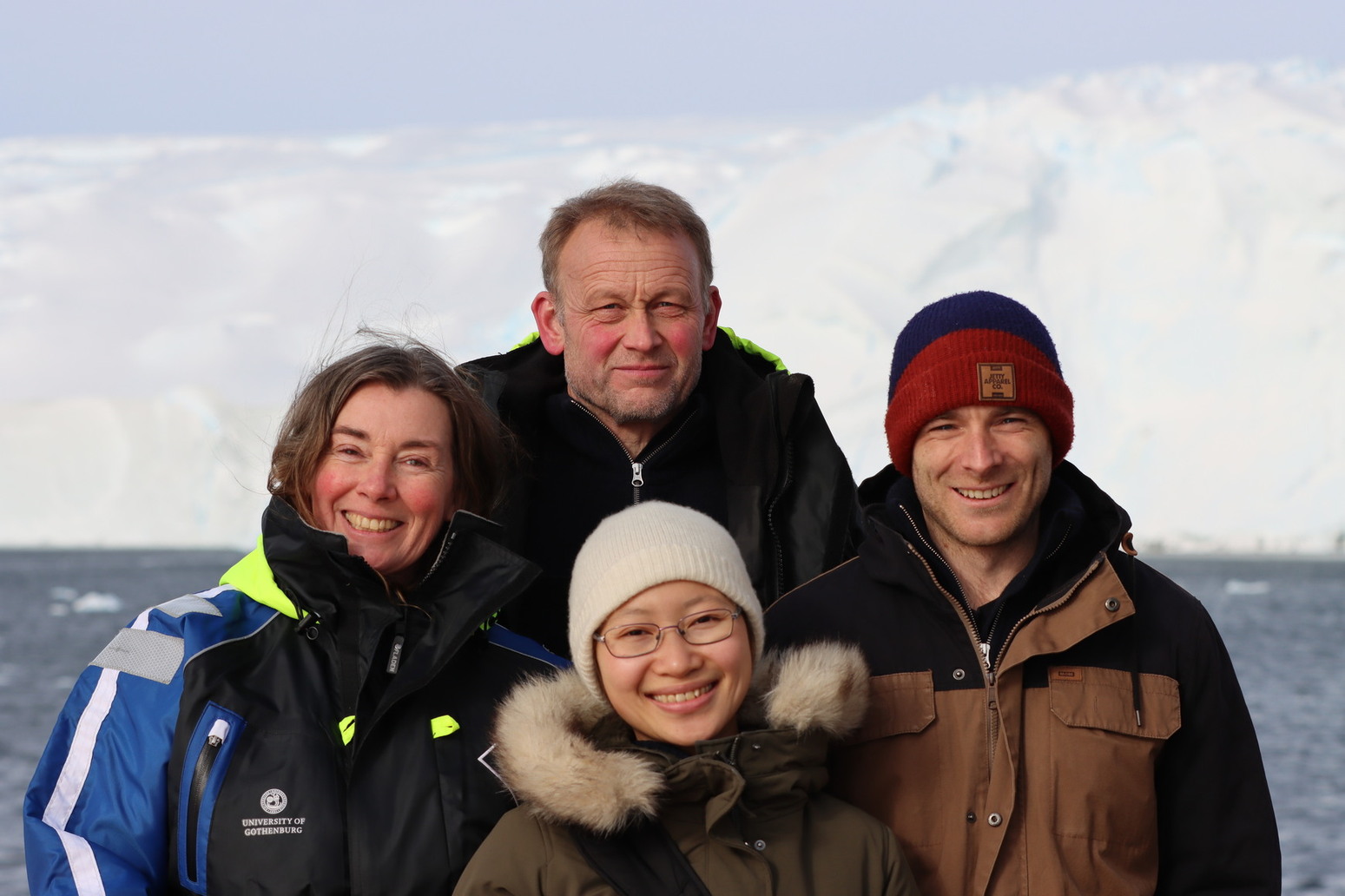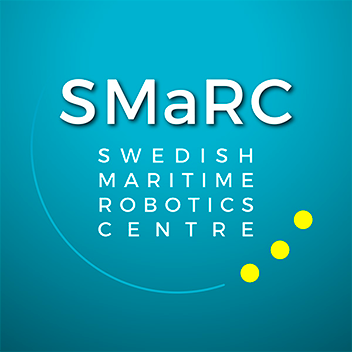
Li Ling – Mar 10:
As beautiful and remarkable the journey to West Antarctica has been, like any journey, it eventually comes to an end. The entire 9th of March was a really long farewell: we said goodbye to the people going back to the US at 10:00, saw the small bus of people staying behind to pack samples leaving at 17:00, and then at 19:30, it was our turn to wave goodbye to NBP and the staffs left on the ship.
I traveled with everyone going back to Europe from Punta Arenas to Santiago in Chile. In the morning the 10th of March, we parted at Santiago airport. Everyone else was flying to London, whilst I will be transferring to Madrid…
Writing about the departure and farewell in my apartment back in Stockholm gives me a slightly bizarre feeling, almost as if I have a hard time believing that the trip to West Antarctica happened at all. During the past three months, I had the unique opportunity to follow a fantastic journey, witness many moments in science, met so many wonderful and passionate people, it almost feels too good to be true!

Speaking of the people, here is a group picture of the researchers onboard NBP2202, taken by the MPC (Marine Project Coordinator) Anna McBee at Maxwell Bay closed to the Antarctic Peninsula 🙂

And here is a group photo for the RAN team 🙂 People clock-wise from the left: Anna Wåhlin, Anders Sjövall, Mark Symons and me (Image credit: Amy Chiuchiolo)
Finally, here are a few links if you would like to check out more on the research related to the NBP2202 project:
– Callum Rollo made a website onboard NBP to show various location data, such as ship track each day, CTD casts, VMP casts, Hugin missions, on an interactive map. The map is now available to public browsing at [https://nbp2202map.com/](
– Links to various West Antarctica projects:
– [ITGC, or The International Thwaites Glacier Collaboration](https://
– [TARSAN, or Thwaites-Amundsen Regional Survey and Network Integrating Atmosphere-Ice-Ocean Processes](https://
– [THOR, or Thwaites Glacier Offshore Research](https://
– [ARTEMIS, or Accelerating Thwaites Ecosystem Impacts for the Southern Ocean](https://cmr.earthdata.
– Twitter accounts:
– ITGC @GlacierThwaites
– THOR @GlacierOffshore
– ARTEMIS @ARTEMISonICE
– gliders for TARSAN @ueaglider
– Sea Mammal Research Unit at University of St Andrews @_SMRU_
– National Science Foundation @NSF
– Anna Wåhlin (for more RAN related research) @a_wahlin
– Instagram accounts:
– ITGC @thwaitesglaciercollaboration
– National Science Foundation @NSfgov
– ARTEMIS @artemisonice
That’s it from me! Thank you for following my journey 🙂
